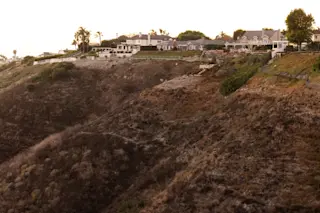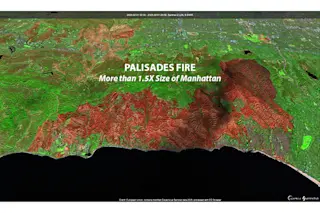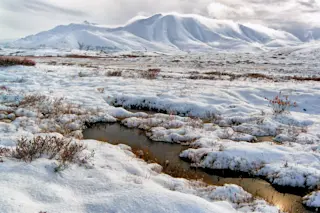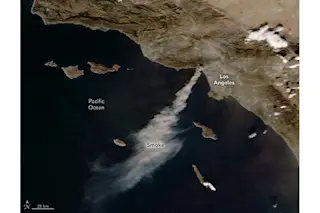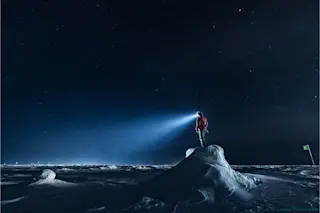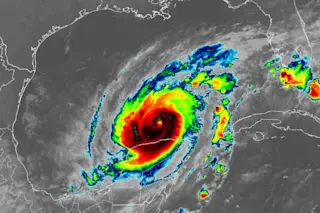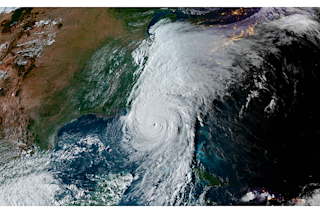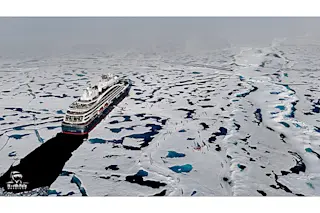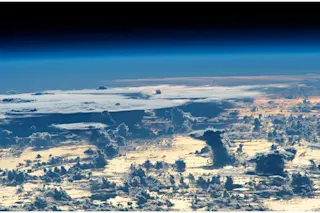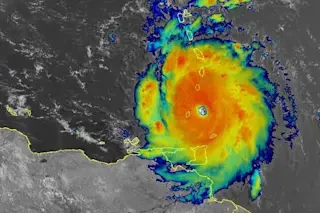If you live in the U.S. Midwest and Great Lakes region, you probably don't need me to tell you that bitterly cold temperatures are spreading across the region. To offer just one bone-chilling example, the forecast high temperature for Chicago today is just 9 degrees F. And that doesn't even begin to tell the full story, since wind chill values will plunge as low as 20 below zero, according to the National Weather Service. Check out the map above showing forecast temperatures for today, January 5th. If my eyes are not deceiving me, some parts of the Midwest — North Dakota, northern Minnesota and Wisconsin — are forecast to be colder than parts of the Arctic not too far from the North Pole. And to make matters even worse, up to five inches of snow are predicted in parts of the Midwest, as an Alberta clipper low pressure storm system ...
Parts of the U.S. Forecast to be Colder Today Than a Swath of the Arctic Not Far From the North Pole
Bitterly cold temperatures are gripping the Midwest and Great Lakes as an Alberta clipper storm brings frigid winds and snow.
More on Discover
Stay Curious
SubscribeTo The Magazine
Save up to 40% off the cover price when you subscribe to Discover magazine.
Subscribe


